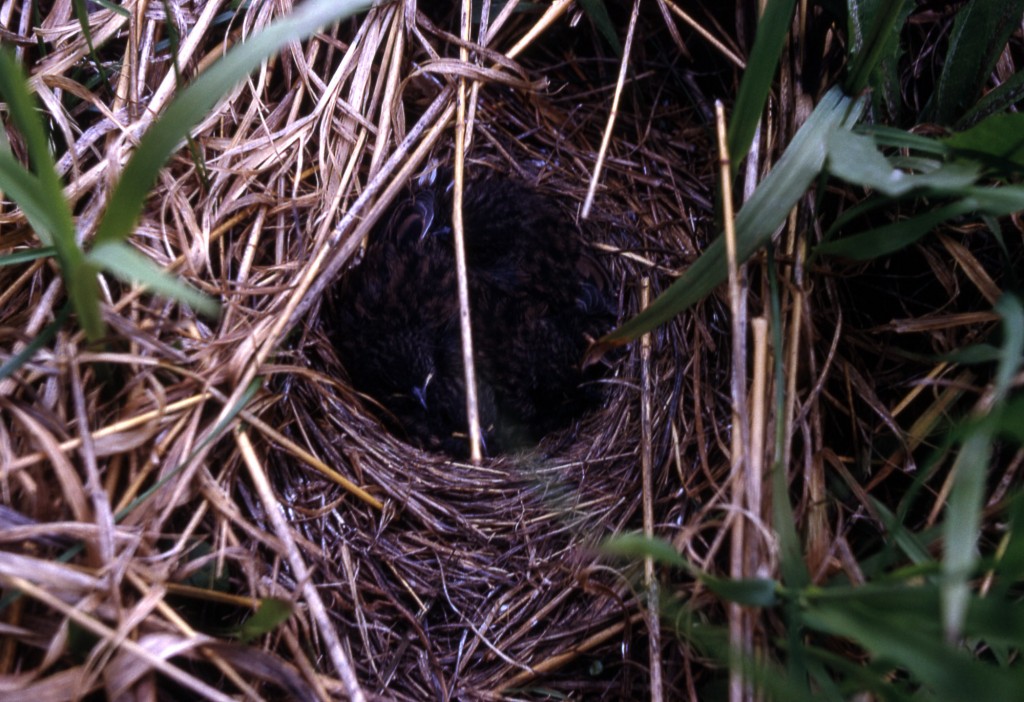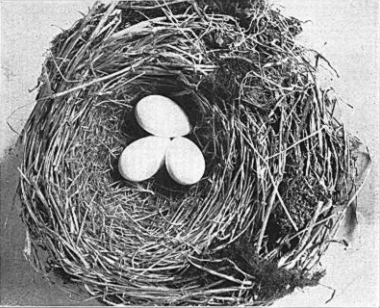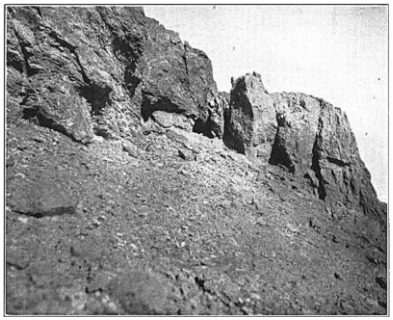
Want to know what the nest and eggs of a North American breeding bird look like? Just google it. Full descriptions for almost every single species are at your keyboarding fingertips, and though I haven’t checked, I’m betting that there are photos of each one, too.
But bird-nesting is like everything else: Somebody had to be the first to find one. And our North American avifauna included some tough customers. The Harris sparrow, the Ross goose, and the bristle-thighed curlew, all high-latitude breeders, led researchers a merry chase for long decades before they gave up their secrets.
One hundred years ago today, and much closer to home for most of us, another long-sought nest was finally discovered. On July 11, 1915, Frederick C. Lincoln, Harold R. Durand, and A.H. Burns were able to “place on record … the first nest and eggs of the brown-capped rosy finch (Leucosticte australis) known to science.”
Even if Colorado’s Mt. Bross wasn’t the Arctic, the nest-seekers faced some challenges. At 13,500 feet,
the nest was found [on] a short cliff about forty feet in height, of Lincoln porphyry, protruding through the upper edge of the schists and shales which occur just below the granite cap. The face of this cliff had suffered considerably from erosion, resulting in “chimneys” and cavities from a few inches to several feet in diameter….
Fortunately, the female of the pair was “extremely solicitous,” and once flushed, she went back again and again to her eggs, leading the explorers to the precious nest.



